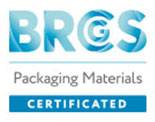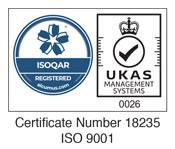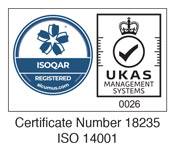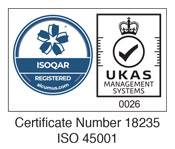Read our article about food packaging and concerns about how it can be the source of chemical contaminants that can migrate into food.
What is migration?
According to Dr Jane Muncke of the Food Packaging Forum Foundation in Zurich, Switzerland, chemical partitioning from the packaging into the food is known as migration. Migration is of relevance for smaller size compounds (below 1,000 Da). The extent to which migration occurs depends on various factors including:
- The physio-chemical properties of the migrant of the packaging material, and the food (e.g., fat content)
- Temperature
- Storage time
- Size of the packaging in proportion to the foodstuff volume (smaller size packaging has a larger surface to volume ratio).
The types of chemicals that can migrate from packaging into food are highly diverse and depend on the type of packaging material.
What we’re doing to prevent the migration of chemical contaminants into food
FC Cartons is on the frontline of migration. Many of the products we convert for our customers are used in food packaging. We carry out regular audits to ensure that there are stringent standards in place to prevent contamination. More importantly, we ensure the supplies we use in carton finishing are compliant with legislation, plus, we keep our MSDS/Food Compliant Statements on hand so that we can show them to our customers. We also enjoy a good dialogue with our suppliers and have the support of their technical teams in order to meet our customers’ needs.
Can food be packed safely in cartons?
Non-inert materials, like paper and board or plastics, can be a direct source of migrants. Chemicals may also migrate from the outside through the packaging. Printing inks for instance, have been shown to migrate through paper board into dry foods. The large pore size of paper-based materials permits smaller molecules to migrate from the outside to the food inside. The use of barrier materials can reduce food contamination significantly. For example, a carton with an inner bag that contains the foodstuff and that is made of aluminium foil or plastics with barrier properties.
A special case of migration is ‘off-set migration’: the printed, outside layer of a food packaging can transfer chemicals to the inside, direct food contact layer when both layers are in direct contact with each other. Off-set migration occurs when beverage carton sheets are stored in rolls, or when paper cups are stacked into each other.
How is migration tested?
To determine the extent of chemical transfer from packaging into food migrants are measured in food simulants, not actual foodstuffs. Food simulants are used as substitutes for food due to the simplification of chemical analysis: Chemical detection and quantification requires specific analytical methods for each chemical of interest, specially developed for each food or food simulant type.








